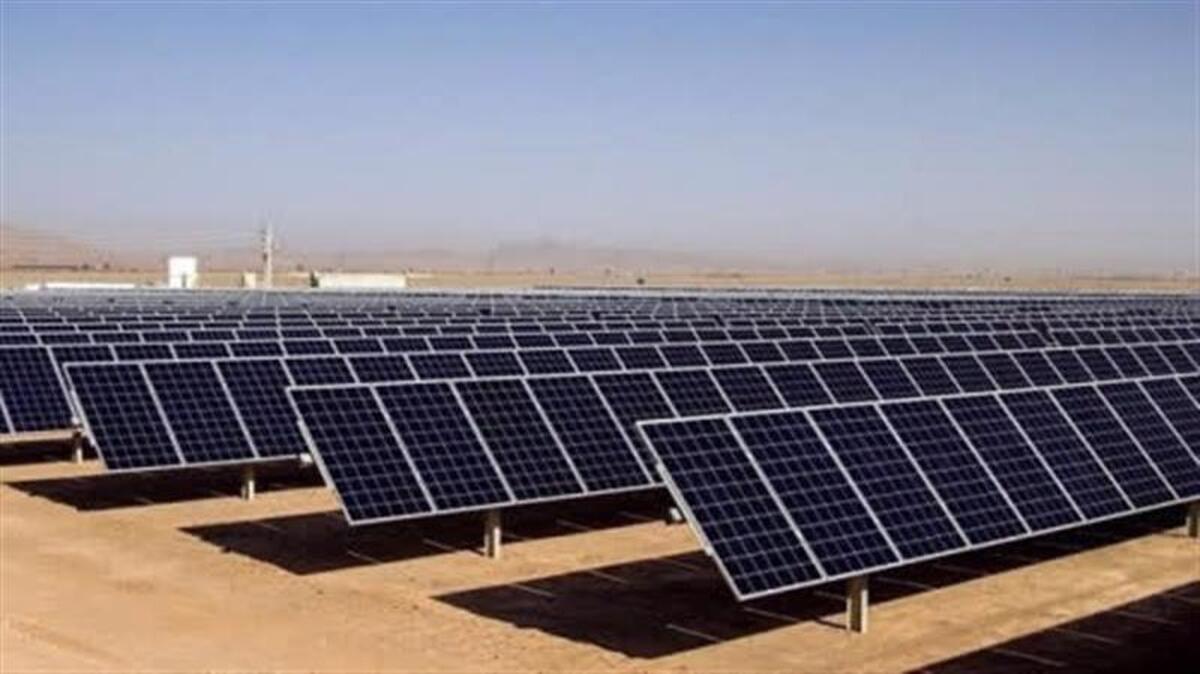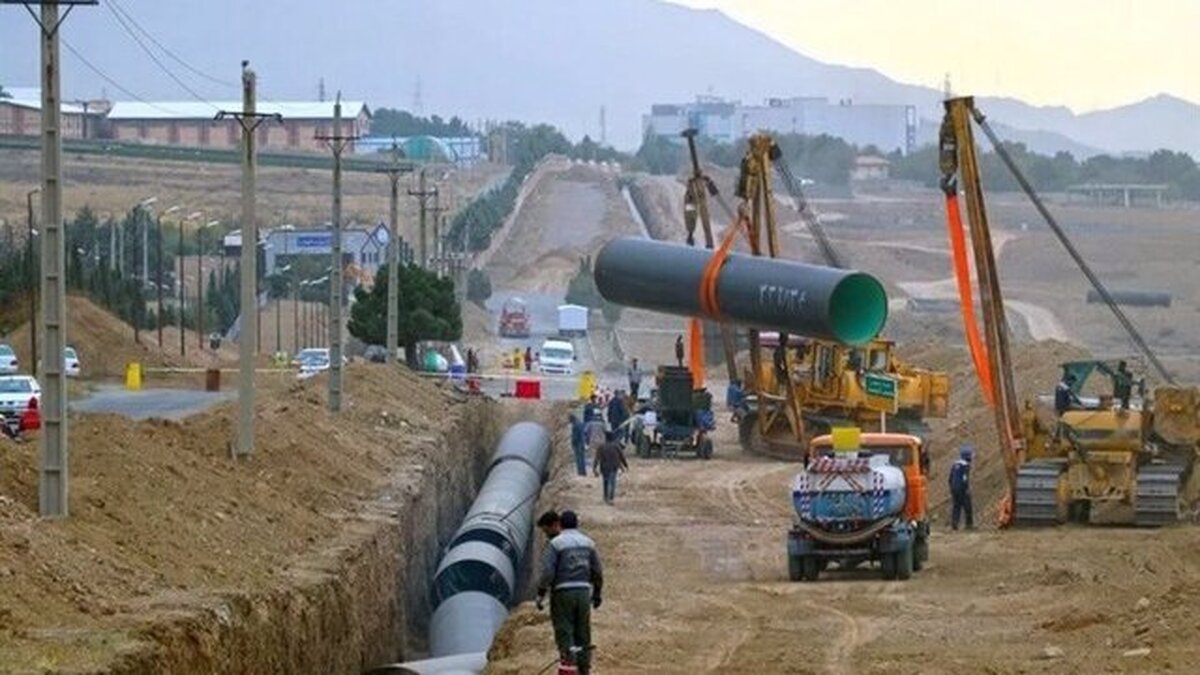
Energy Ministry: Int’l Expertise Needed to Alleviate Water Crisis
EghtesadOnline: Tehran is keen on using international expertise and cooperating with global organizations to address its worsening water crisis, the energy minister’s advisor for international affairs said.
Mohammad Ali Farahnakian made the statement in a meeting with Martin Fisher, operations manager of the International Federation of Red Cross and Red Crescent Societies in Iran, in Tehran on Thursday, IRNA reported.
“The two sides discussed ways of developing strategies to minimize consumption in water-intensive sectors, such as agriculture and industries, limit extraction of water from underground resources and curb the growing menace of land subsidence,” he said.
“Water paucity has already taken a heavy toll on drought-stricken regions and a large number of farmers are facing serious problems in southern provinces like Khuzestan, Kerman and Isfahan.”
Expressing concern about the disturbing trends in global warming, the official called for sharing IFRC's experience in this regard.
“Both sides emphasized on expanding educational activities and raising public awareness regarding the challenge of water shortage.”
Collaboration With UNDP
In a meeting with Claudio Providas, the United Nations Development Program Resident Representative and UN Resident Coordinator in Iran, Farahnakian said collaboration with UNDP tops the ministry’s priority as it has already completed important projects in Iran, especially in Iran's largest inland body of water, Urmia lake.
In about 170 countries and territories, UNDP works to eradicate poverty while protecting the planet. It has had a representative office in Iran since 1966 and has – during all this time – worked closely with its major development partners to promote sustainable human development in the country.
Drastic changes are worsening global climate change and the best way is not to be taken by surprise (by torrential rains or drought) and draw on developed countries' knowhow and expertise, he added.
The Energy Ministry in 2017 signed a memorandum of understanding with Japan Cooperation Center for the Middle East on sharing knowhow to improve water infrastructure and finding solutions to cut water consumption.
Close to $100 million have been allocated from the National Development Fund of Iran to help alleviate the chronic water problems, mainly in underdeveloped regions.
Located in one of the world’s most water-stressed regions, Iran is among the top 20 countries with unsustainable water consumption.
Desertification, several thousand illegal water wells scattered across the country, inefficient farming and water-intensive industries are making a bad situation worse as the water deficit grows in tandem with prohibitive consumption in all sectors, mainly agriculture.
JCCME was founded in 1973 during the first oil crisis by the joint efforts of the Tokyo government and private sector as a non-profit incorporated foundation.
Lakes and Reservoirs
Water levels in Iran’s lakes and reservoirs have halved since last year due to the severe drought affecting the country and the wider region, a report from Iran’s Space Agency said.
Iran’s water resources have been depleted by a lack of precipitation, the building of hydroelectric dams and cultivating water-intensive commodities like rice, wheat and sugarcane. Farmers hit by water shortages are fleeing their villages to live in precarious settlements on the outskirts of cities.
Water experts believe that there is no comprehensive nationwide water management plan, or inter-agency coordination, although there is a lot of talk about the need to have them.
One ecosystem under particular strain is the Hur al-Azim wetland, on the border of Iran and Iraq. Since the 1980s, marshes have been dried by the effects of upstream dams and opened to oil exploration. While researchers studying satellite images found some revival since 2000, the wetland covers just over half its former area.
According to Iran’s meteorological agency, the country’s average temperature has increased by 2C since the 1960s, rainfall has decreased by 20% in the last 20 years and October 2020 to June 2021 was the driest period in 53 years.
A recent study found that this trend is set to continue. Compared to 1980-2004, 2025-49 is going to have more frequent and severe heatwaves, droughts and floods.
Over 90% of Iran’s water are used for agriculture. Due to international sanctions, the government wants the country to be self-sufficient and has encouraged farmers to grow water-intensive crops like wheat, rice and sugarcane.
“Iranian officials have acknowledged that outdated agricultural and irrigation systems, as well as poor water management policies in the past three decades, have contributed to nationwide water shortages,” Banafsheh Kianoush, an expert on the region’s geopolitics, told Climate Home News.
Iran is one of the most energy-intensive developing countries and ranks among the top 10 emitters of carbon dioxide in the world. The increase in energy consumption is about five times more than the world average, and around 35% of this amount are consumed in different types of buildings.
On the other hand, Iran expends approximately 20% of its gross domestic product on energy subsidies. It is predicted that if the current trend of consumption continues, Iran, despite being one of the largest energy producers, will need to import energy.
Improving energy efficiency is, therefore, vital to the country’s progress and can contribute to both environmental and economic sustainability.




